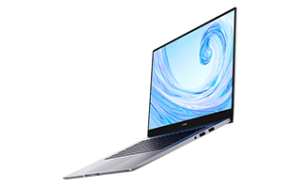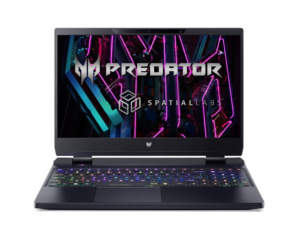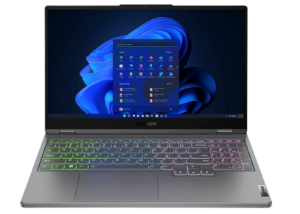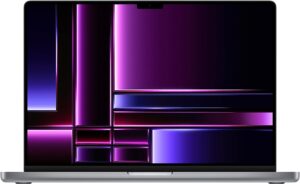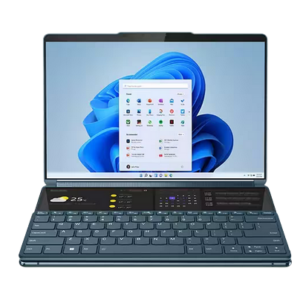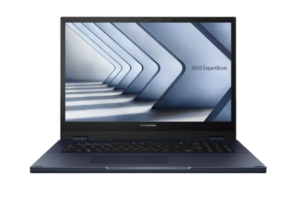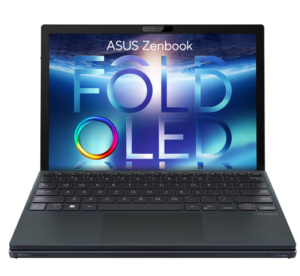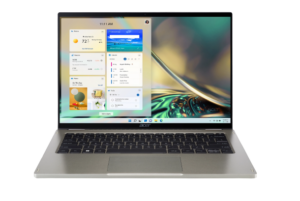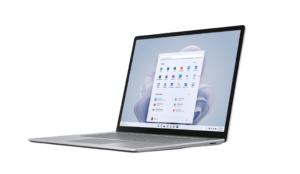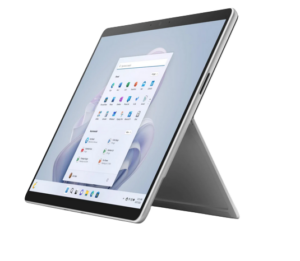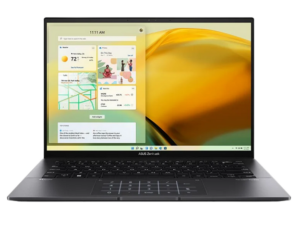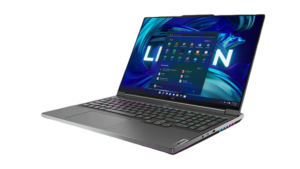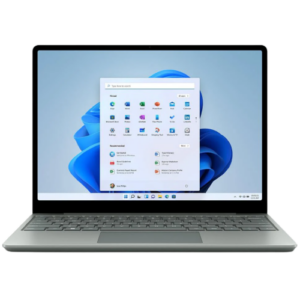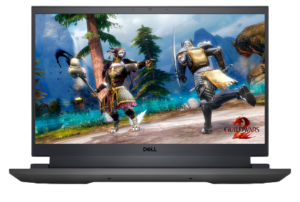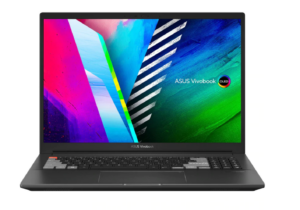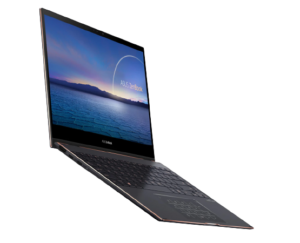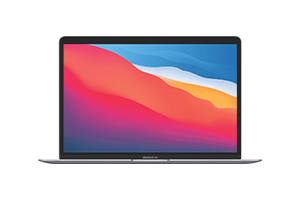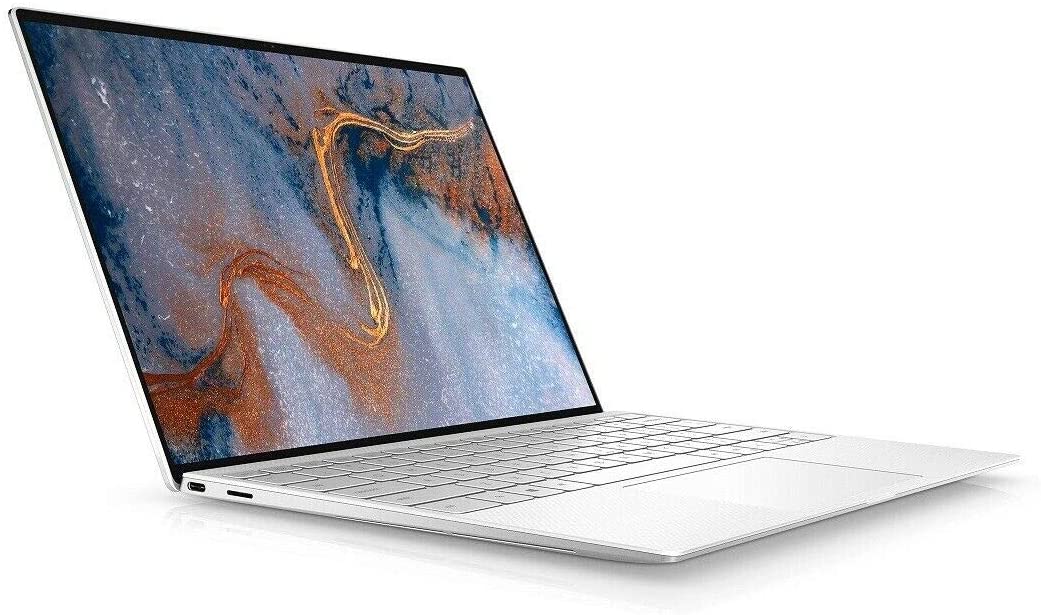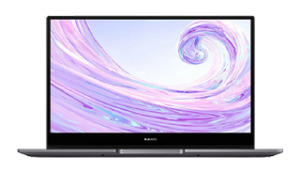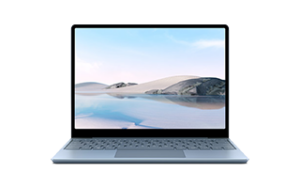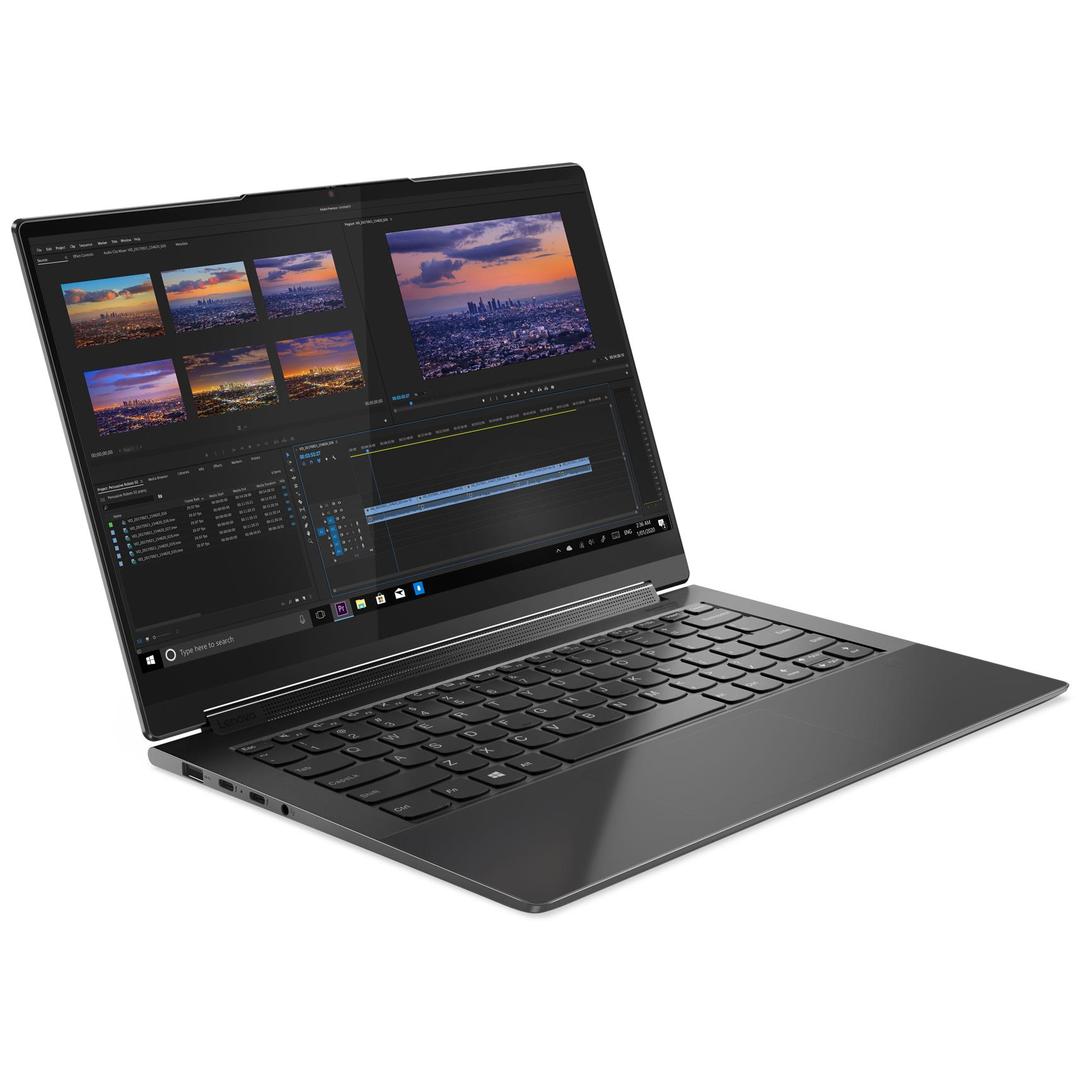Huawei's mid-range Matebook D 15 offers a simple and clean Windows experience let down only by bad battery life.
Huawei MateBook D 15 Review
Depending on who you ask, Huawei is either a cartoonish movie villain harvesting your personal data, or one of the biggest victims in tech. As far as its consumer branch is concerned, it’s a story of a smartphone manufacturer that took a bullet to the knee when it was right on the cusp of greatness, ready to take the market share monopolists Apple and Samsung to task. Put simply, Huawei makes some bloody good hardware. Smartphones that push the envelope, smartphones that last, smartphones that won’t cost an arm and a leg.
In its relatively short time in the spotlight, Huawei’s smartphones quickly became a favourite amongst consumers here in Australia. But now, an ocean away from the tit-for-tat tariffs and trade barriers, Australian Huawei users are being told to steer clear of the company’s next smartphone.
But the trade ban only restricts Huawei’s smartphones from using Google services. Huawei’s Windows-powered laptops haven’t suffered the same grave fate. It was for this reason that I was drawn to the Matebook D 15. Despite Huawei’s history of success, it's now got something to prove again: how will it survive the market share freefall of its smartphone division? Huawei can’t make up for all it has lost, but its other consumer channels can surely help lighten the blow.
Ultimately, the Matebook D 15 is a step in the right direction. It has unbridled access to Windows 10 Home, and a price tag and performance that resemble the same value proposition of its smartphone range, but its price point puts it in an odd position. For a little extra, you can get a budget laptop with more juice under the hood, and for less you can get something with much longer battery life. For me, it’s the perfect laptop for an Apple-to-PC convert looking to make the switch at a reasonable price, despite its shortcomings.
Huawei MateBook D 15 Price
The Huawei MateBook D 15’s price tag is its biggest selling point. It’s a great package at just under $1,200, coming in a little cheaper than the Dell Inspiron 15 3000 (Ryzen5), and the HP Pavilion Gaming Laptop (GTX1650), but a little pricier than Lenovo’s IdeaPad 2, or the 128GB IdeaPad Flex 5.
Huawei MateBook D 15 display and design
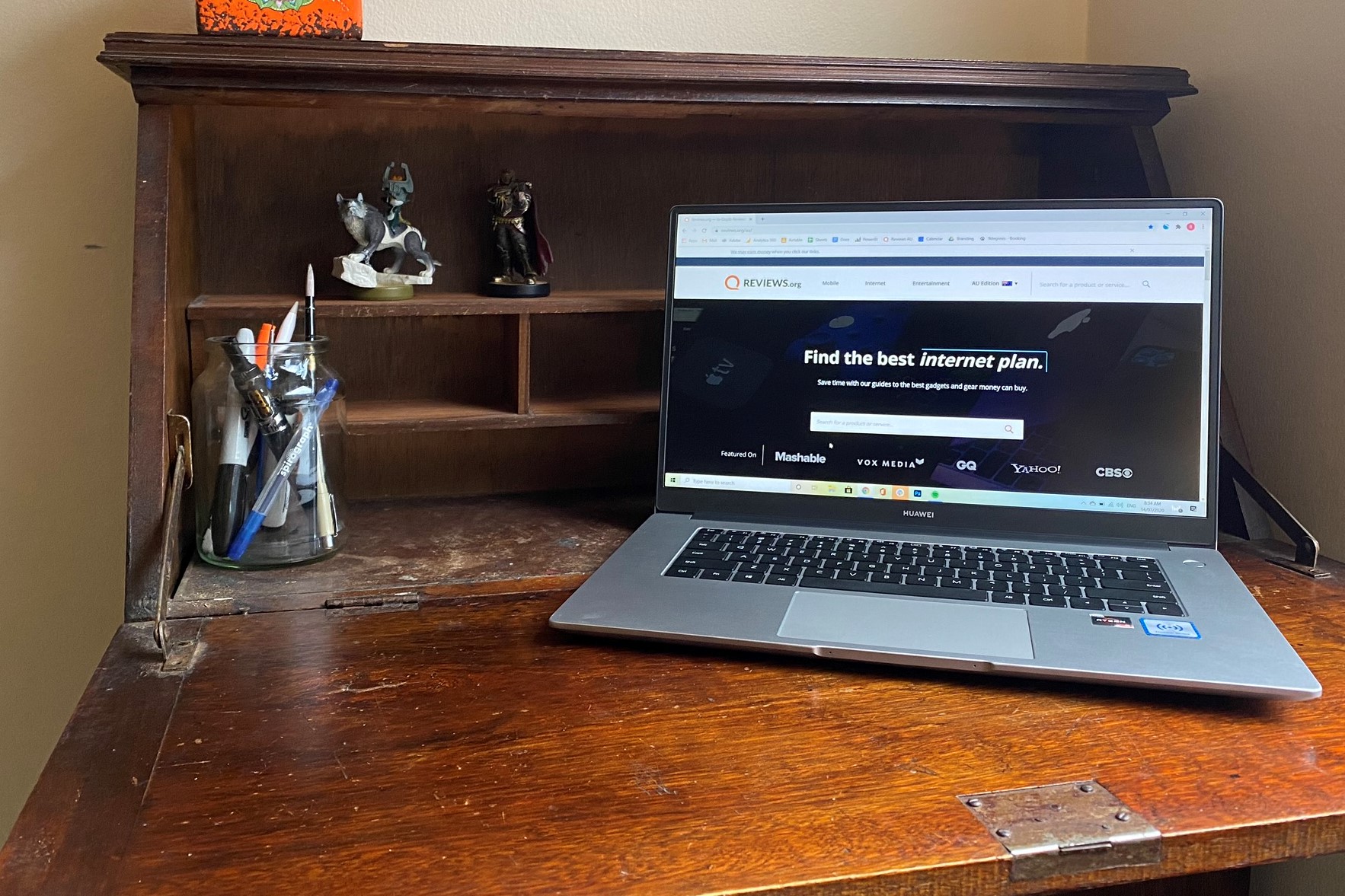
The most fetching design feature of the Huawei MateBook 15 D is the super slim bezels surrounding its display. It really allows the 15.6-inch IPS screen more prestige than it deserves; while it’s eye-catching at first glance, its brightness and contrast ratio are a little dull for a laptop at this price. It’s not a massive downgrade when compared to similarly priced laptops, but some won’t mind spending a few extra hundred for a better display.
If you’re more concerned with aesthetics than technical specs, the Huawei MateBook D 15 will suit you just fine.
Huawei has never been shy of paying tribute to Apple’s hardware design (just look at Huawei’s Air… I mean Freebuds) and the MateBook D 15 is no exception. This is clearly Huawei’s take on the MacBook design, and while this aluminium build isn’t quite the engineering marvel of Apple’s latest, it does an exceptional impersonation at the very least.
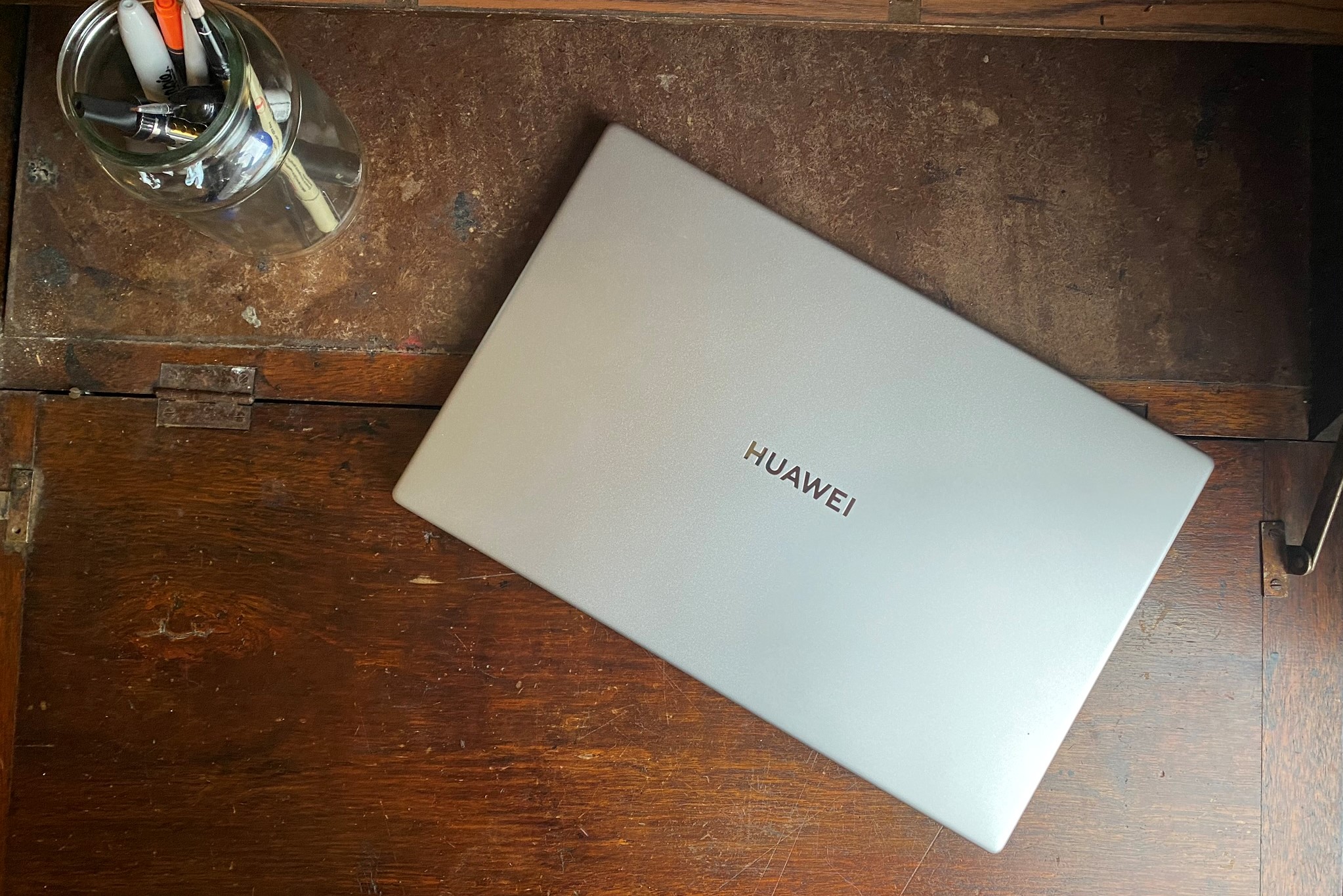
Even though Apple has already moved on from butterfly keyboards with its 2020 MacBook Air, the MateBook D 15 keyboard’s slightly deeper travel is still a great alternative for Mac converts.
In fact, I’d argue the Huawei MateBook D 15 is a great Windows alternative for Mac fans full-stop. As someone raised on MacBooks, using the MateBook D 15 was a pleasure for me. For many of the same reasons I’ve recommended Huawei phones to iPhone expats in the past, Huawei’s MateBook D 15 gives you all the benefits of owning a Windows PC with half of the headaches. It offers a very clean Windows 10 Home OS with only a few proprietary software features that aren’t intrusive in the slightest. I’ve got zero complaints about the OS and user experience. No random errors, or technical oddities around WiFi connectivity. My short fling with the MateBook D 15 was smooth as smooth can be.
MateBook D 15 Webcam
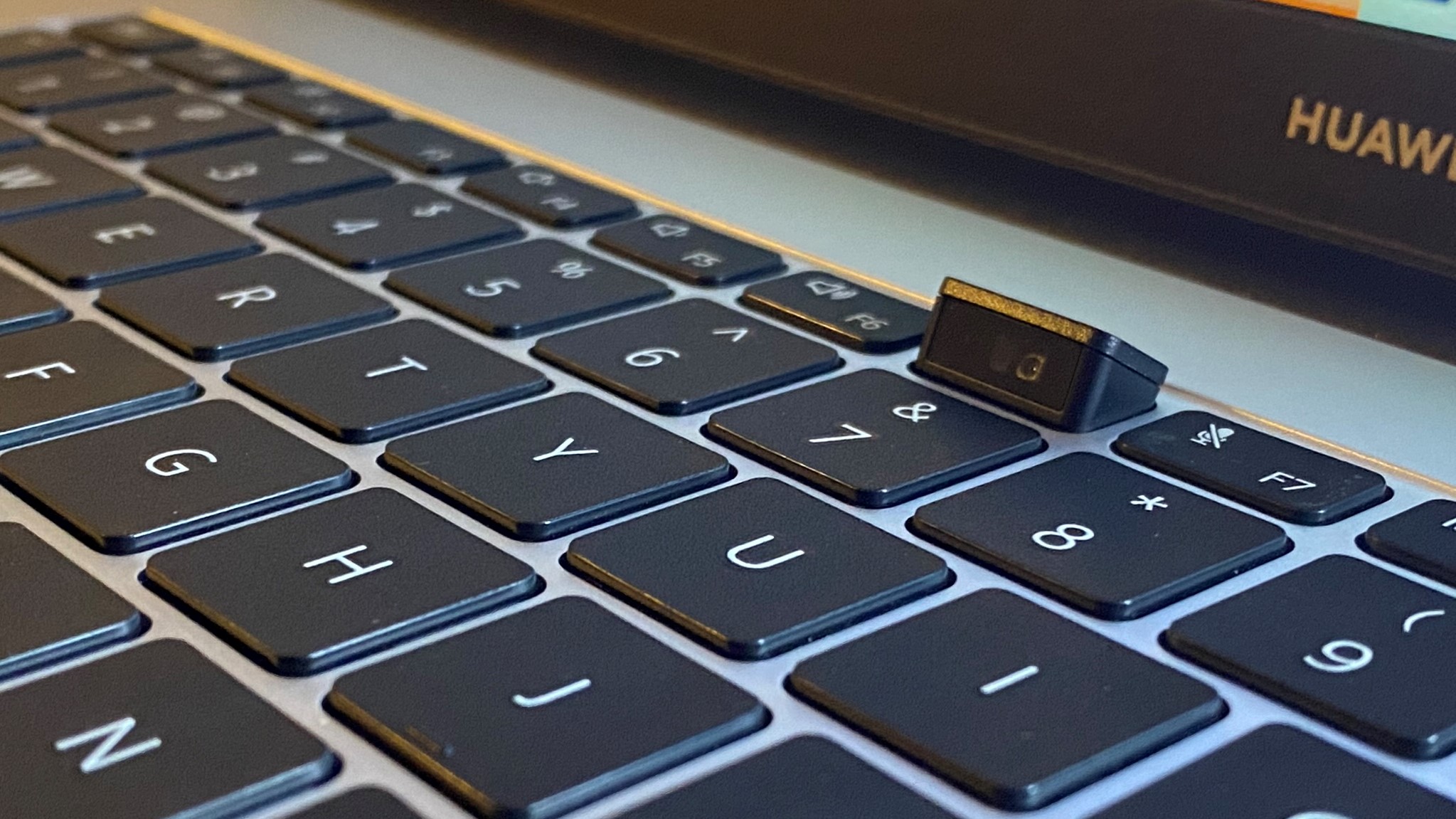
The one problem with the MateBook D 15’s slim design is that Huawei has buried a recessed webcam in the keyboard in order to achieve that super slim bezel. This was the one thing I was happy to say goodbye to when returning to my regular laptop post review. Don’t get me wrong, the MateBook D 15’s 1MP pop-up camera does a stand-up job considering its position, but there’s no getting around the fact that such a low angle is just plain unflattering. In a time when Zoom calls are our one and only interaction with colleagues, the MateBook D 15’s low angle makes video calls weirdly impersonal. It’s hard to have a conversation when your gaze is fixed well above the barrel of the camera.
Below is a photo of a makeshift mount I cobbled together in order to recreate a more regular video call perspective, but even with all my faffing about, there was something very strange about the camera’s POV. You get the feeling that whatever software wizardry has gone into making the default position feel natural, clashes with your attempts to find a more suitable angle.
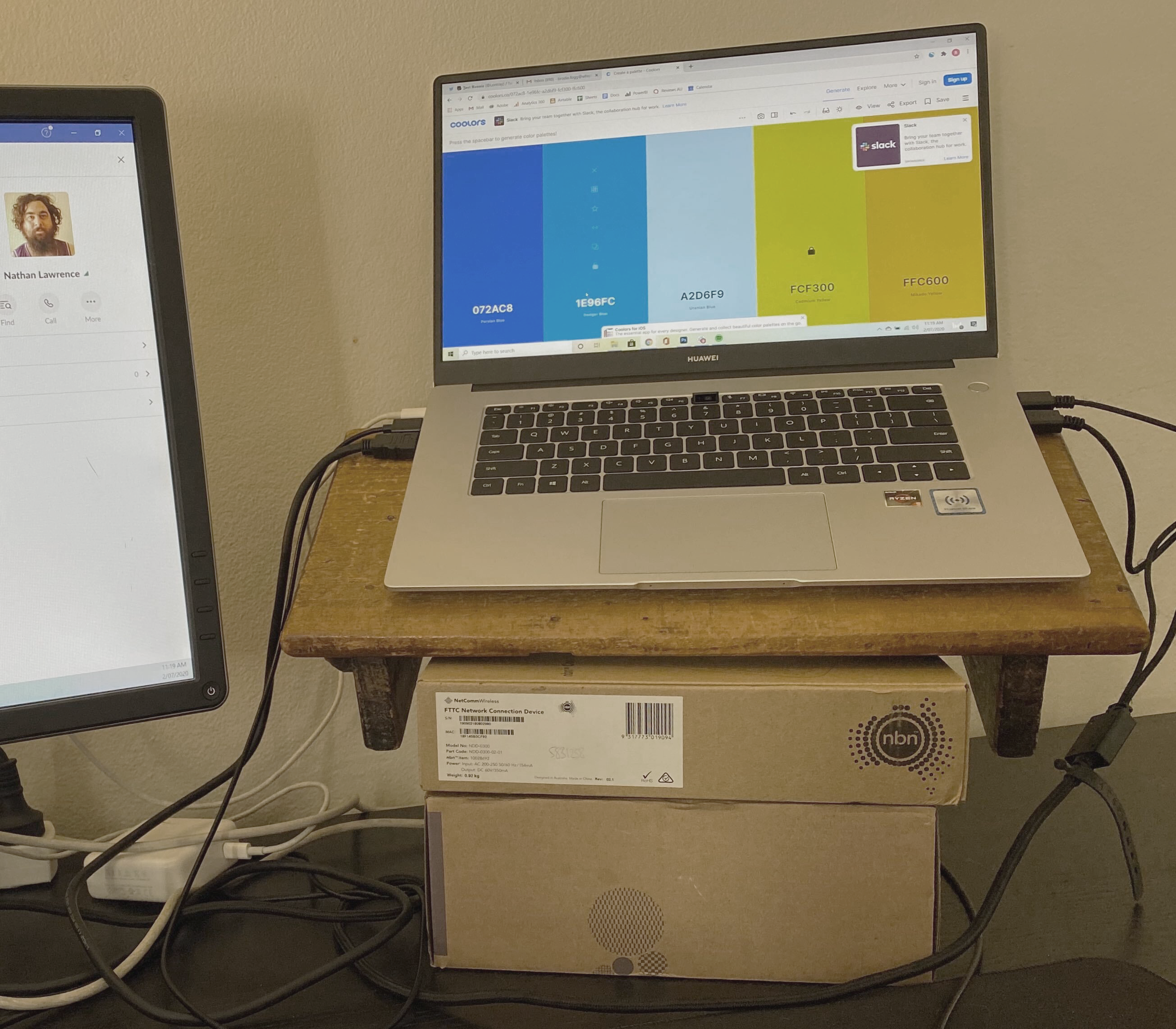
MateBook D 15 Keyboard
While not quite as fluttery as past MacBook’s butterfly keyboards, the Huawei MateBook D 15’s Chiclet-style keyboard still has a pretty shallow travel time. Its slimline design only allows for so much, and while the keyboard took a little getting used to after switching from my mechanical Razer Huntsman Elite, it didn’t pose any real issues once I became comfortable with it. But it took the better half of a week to get comfortable with it. Gaming with the MateBook D 15’s keyboard felt like I’d taken the bullet train towards RSI city.
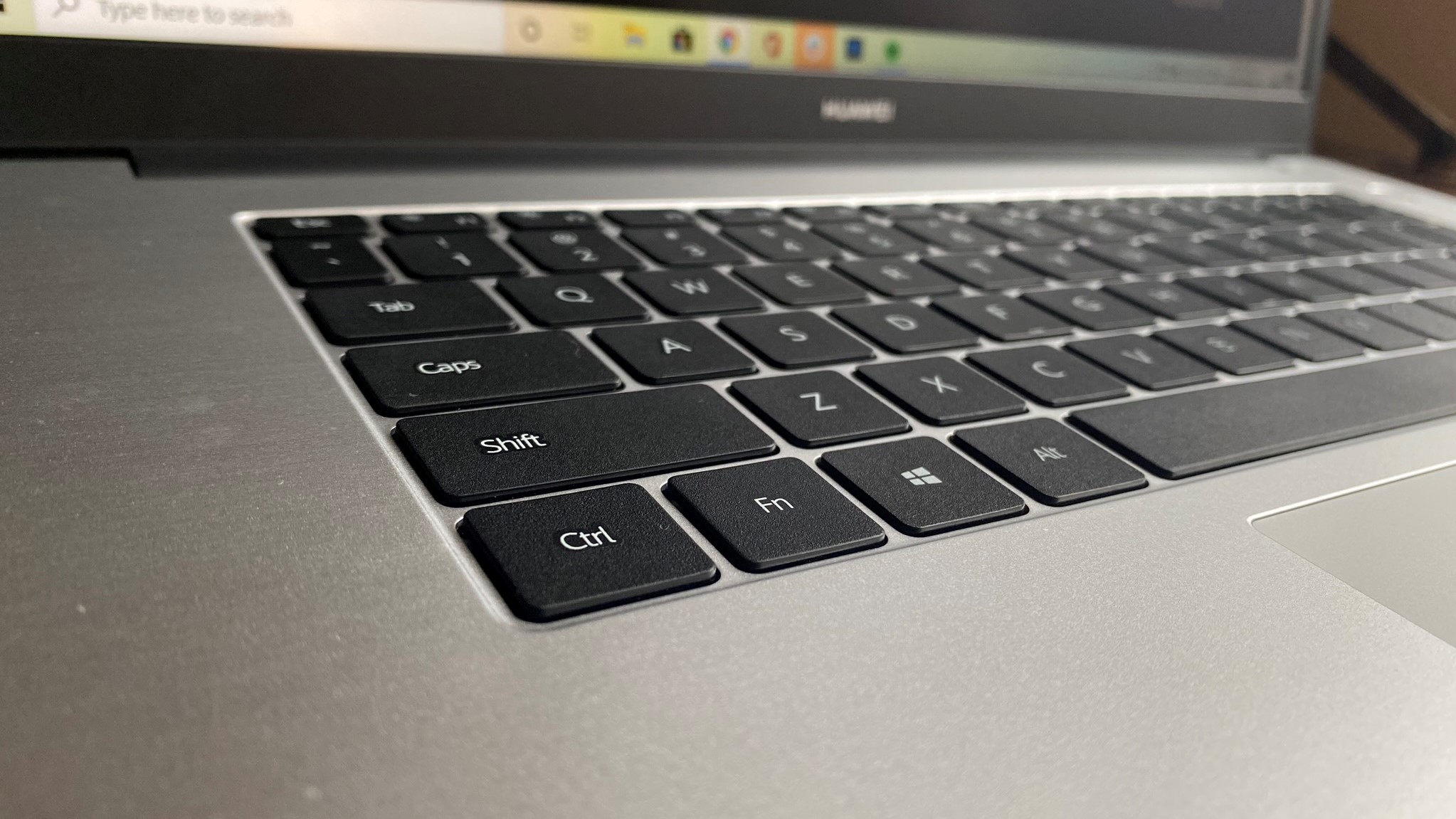
Gaming on the Huawei MateBook D 15
Is the Huawei MateBook D 15 a powerful gaming workhorse? Not particularly, no. Will it allow you to play popular games, like Minecraft: Dungeons and Valorant with no hiccups? Absolutely. Granted, neither of these games are particularly demanding but I still managed to max out the graphics settings on Minecraft: Dungeons with no complaints from the machine.
In fact, the only time it started to chug was when I was dual-wielding Adobe Photoshop and Premiere—a sure-fire way to slow down most personal computers.
If you’re looking to play the next big AAA behemoth with all the bells and whistles, the MateBook D 15 might struggle but it’s perfectly fine for a quick bash on indie games and easy-going multiplayer shooters. Plus, if you do happen to be coming from Mac, the fact you’ll be able to play most games at all will be a welcome change.
Essential processors should be able to handle the basics: email, social media and some light web browsing. Gaming or more advanced tasks like image and video editing are likely off the table.
Everyday processors should be able to confidently meet basic performance requirements for most people. Email, social media and web browsing shouldn’t be a hassle, and while they aren’t able to handle graphically-demanding AAA releases, they should be able to run some indie or casual games. This is typically where Chromebooks top out.
Enthusiast processors should be able to easily exceed the minimum requirements of most users and be powerful enough to handle some AAA gaming, though not at the highest fidelity. That usually excludes most ARM processors.
Extreme processors should be able to do anything you can think of. Games should run at high frame rates on the highest possible settings, and multitasking shouldn’t be limited in any significant way.
MateBook D 15 Battery Life
With so many laptops and smartphones shooting for that elusive all-day battery life (and with Huawei’s smartphones being a strong contender in this area), the MateBook D 15’s short-term stamina left me a little deflated. After an overnight charge, the most I got out of the Huawei MateBook D 15 was roughly 4.5 hours, with about 5% battery left in the tank.
That was with a bit of regular use (word processing and some photoshop) and about an hour of gaming, which is where it really started to plummet.
The USB-C fast charging does a fantastic job of getting you juiced back up in no time at all. Huawei claims it can get you to 53% in 30 minutes, and in my experience it managed roughly that every time I plugged in. Still, I had to plug in a lot, which wasn’t an issue for me reviewing it from home, but it did become a bit pesky when I was visiting friends for the weekend.
MateBook D 15 ports and connections
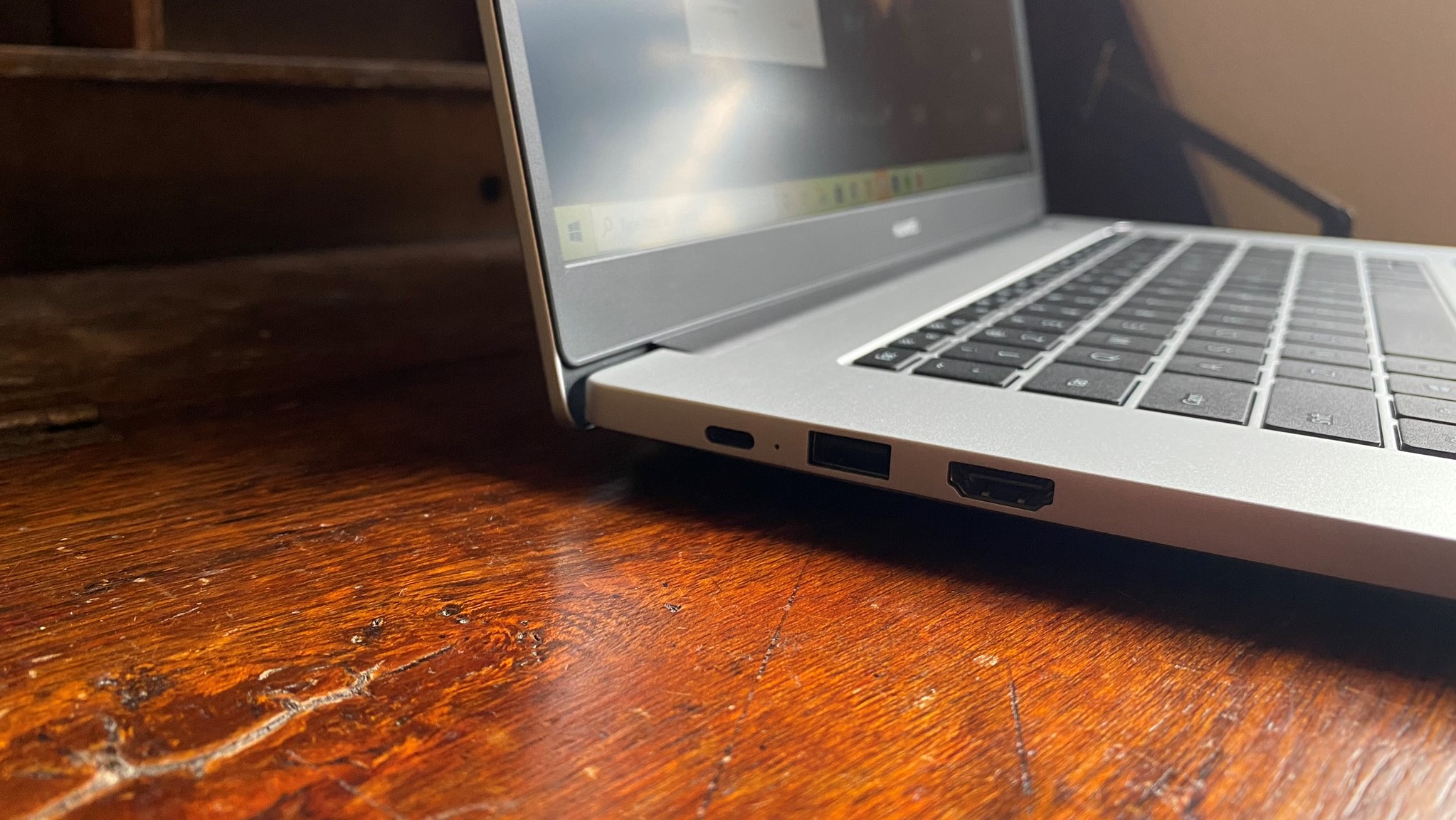
USB hubs, a solution to a problem that the very hardware manufacturers themselves created. As I write this, I’m peering down disdainfully at the Microsoft Surface Dock, a near-essential $250+ peripheral that Microsoft practically forces Surface Book users to purchase. Apple is guilty of this too, offering only two USB-C ports and a headphone jack in its most recent MacBook Air. As Alex pointed out in his review, fewer ports means more dongles and USB hubs if you want to connect just about anything to your laptop.
I would like to end this review by saying, no, I don’t want no hubs, and thankfully, Huawei MateBook D 15 users shouldn’t need one.
Despite its premium slimline design, the MateBook D 15 still manages to cram in three standard USB-A ports (one 3.0 and two 2.0), one USB-C, one HDMI port, and a 3.5mm headphone jack. Sure, that might not be enough to facilitate some folks’ multi-display home office setup, but it’s going to be ample space for most. And if you absolutely need a bit of extra space, there’s no proprietary connection types that force you into buying a specific product, meaning you can opt for much cheaper solutions via Amazon or eBay.
Is the Huawei MateBook D 15 worth it?
The Huawei MateBook D 15 has the premium feel of a much more expensive laptop. Its 15.6-inch display might be a little on the dim side, but the laptop's super-slim bezels allow it a much fancier look than it deserves, as does its aluminium build.
If you're switching from Apple to PC, the MateBook D 15 offers a no-nonsense Windows 10 Home OS, with only a few added software features that aren't intrusive in the slightest. Then there's the number of ports and connections available. Despite its incredibly slim profile, the MateBook D 15 retains one HDMI port, three standard USB-A, and one USB-C. For the dongle, adverse, that alone will be a selling point.
Unfortunately, the mid-range price is felt most in the laptop's battery life and processing power. Throughout our tests, the battery life on regular usage lasted around 5.5 hours at best, and roughly 4.5 hours at worst.
The AMD Ryzen 5 3500U processor meets expectations for this price bracket, breezing through most of the games we tested. Still, it's not the best option if you want a serious gaming machine, or require the power required to tackle both Adobe Photoshop and Premiere at the same time.
Lastly, an investment in a MateBook D 15 means investing in an external webcam. Despite its best efforts, the pop-camera can't help but catch you at your worst angle.
How we review laptops
Whether you're looking at a mainstream computer brand like Dell or a dedicated gaming brand like MSI, there's an immense number of decisions you'll need to make when purchasing a laptop. If you're not sure where to start, here are a few important features to consider when shopping for your next laptop:
- Screen size and type: Unlike upgradeable components like your GPU, RAM and storage, you're stuck with the display you buy when you purchase a laptop. Is it a comfortable size? Does it offer a wide-viewing angle?
- Resolution: Similarly, you can't change your display's resolution after the fact. 1080p (Full HD) is the bare minimum these days and most laptops worth their price tag aim for 1440p at least (QHD or QuadHD) but you can also opt for 4K if you're willing to spend a little extra.
- Refresh rate: A screen's refresh rate is the measurement of how frequently it changes. If you play fast-paced multiplayer games like Call of Duty, you know that the difference a few milliseconds that a high refresh rate gets you can count for a lot. The higher the refresh rate, the better. Most conventional laptops offer 60Hz to 90Hz but fancier gaming laptops can offer 144Hz, 165Hz or even 240Hz screens.
- Ports and connections: Like your screen, ports will impact your everyday experience with a laptop, particularly if you use it for work. While you can work around this with USB hubs and adapters, a laptop with fewer ports than you need can quickly become a headache.
- Future-proofing: There are no hard and fast rules here but as a general suggestion, you'll want to sure you're laptop has the legs to survive a few years of technology improvements in any way you can. You can overshoot on your desired specs, spending more on a machine that's more powerful than you currently need, or opt for a model or brand that has support for upgrades down the track. Check which features of the machine are upgradeable. The Dell XPS 15, for example, supports additional RAM, while Apple MacBooks do not.
Check out our dedicated laptop buying guide for more suggestions on shopping for the best laptop for your needs or this more in-depth guide on how we review laptops.
Related Articles





